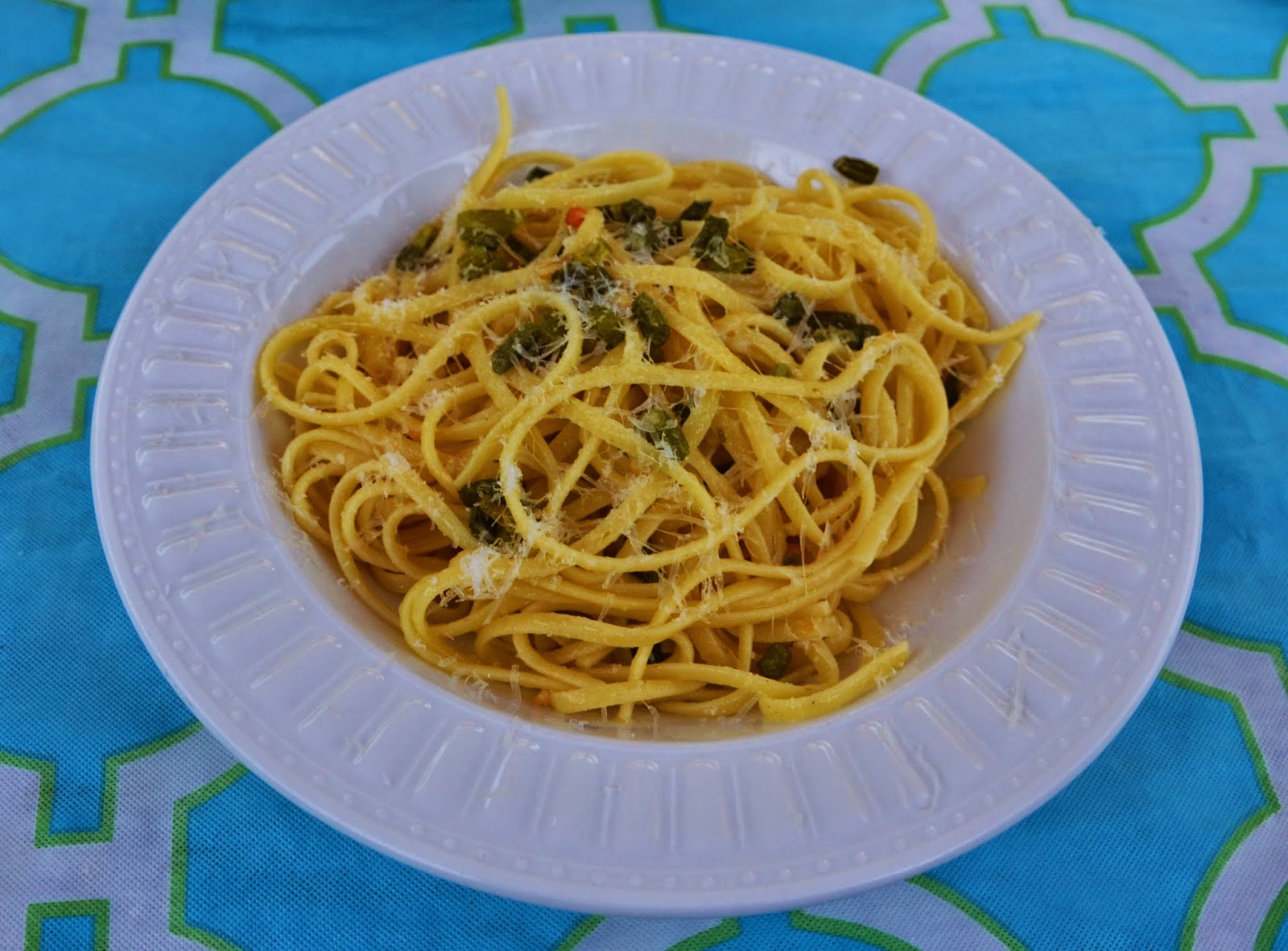I view my treasure hunting for wool or as I call
it, woolgathering to be as much fun as making the
projects. I feel the same way about it as I do about
antiquing, I never look in the pristine glass cases
filled with antiques, I love the hunt through the
boxes of old junk. It is the same with wool, I can
(and sometimes do) buy beautiful already felted
wool but I LOVE to find it and felt it myself. I
look at thrift stores and garage sales for wool
garments. I try to buy things for $1 or less unless
the wool is really something special.
I like to buy 100% wool items but will buy
a blend as long as the wool content is at least
80%. I try to buy coats, jackets or long skirts,
I stay away from pants because generally they
are not the right type of wool. I don't buy
worsted wool. What is worsted wool? It is called
worsted wool because of the way it is made. In
the carding process, only the longest threads are
used to make the yarn and this makes for a much
thinner fabric when woven. It is often used for
suits and pants and some skirts, especially pleated
ones since worsted wool holds a pleat well. For
my purposes to use wool for applique, worsted wool
is not a good choice since it ravels even after the
felting process. The more you feel woolens, the
better you will be able to feel the difference between
a regular wool yarn and a worsted yarn used to
weave the fabric.
When I get my purchases home, I cut it up
outdoors if the weather permits. To felt wool
it is necessary to remove the seams and all
sewing threads since the threads can cause
the fabric to not felt correctly. The photo shows
a skirt, I cut off the waistband and the hem
including any seam tape. Then I cut off the
seams completely, I find it is not necessary to
try to pick open the seams since there are so
many folds at the seams. I then open the
pleats with a seam ripper, then the wool pieces
are ready to be felted.
This photo shows the process a bit more
clearly. On the right side I am cutting off the
seam, then I will cut just below the tape on
the hem. The area that has the interfacing
will differ from garment to garment. This
interfacing pulled off easily and left no residue
so that area was fine. If the interfacing would
not come off easily or if it comes off but leaves
pieces of the adhesive on the wool, then I would
just cut that area off completely.
Jackets are harder to deal with but I do use them
because they have such gorgeous colors. First I cut
off the cuff, then I cut the sleeve off at the shoulder.
I pull the wool part away from the jacket, leaving the
lining attached to the bodice.
This photo shows the 2 pieces of the sleeve with
the seams removed. The interfacing on this came
away easily, if it hadn't I would have cut it off. Then
I used the same process to cut away the back pieces
and the side piece.
You can see the front piece has a heavy
interfacing and since it did not pull away
easily, I discarded the front sections. I
did cut off the pocket fronts.
So here is the amount of wool I got from a
99 cent wool jacket. Two pockets, two back
pieces, two side pieces and the four pieces
from the sleeves.
Divide the wool pieces by color taking care with
reds especially since they can bleed and turn
everything pink. Then wash in hot water with
a cold rinse with detergent. Dry at the hottest
setting. NOTE: Be sure to clean your lint trap
since cut-up wool will give off a lot of lint.
This is what a wool piece looks like when it
comes out of the dryer. I like it to look neat
so I quickly press it and trim the edges.
This is what the wool looks like after
felting, pressing and trimming.
I stack the pieces on top of each other and
then roll it, I find it gets less wrinkles this way.
And there you have it!
This may not be for everyone and if it isn't there
are many beautiful felted wools for sale. If this
is your type of thing ~ then give it a try!




































.jpg)
.jpg)
